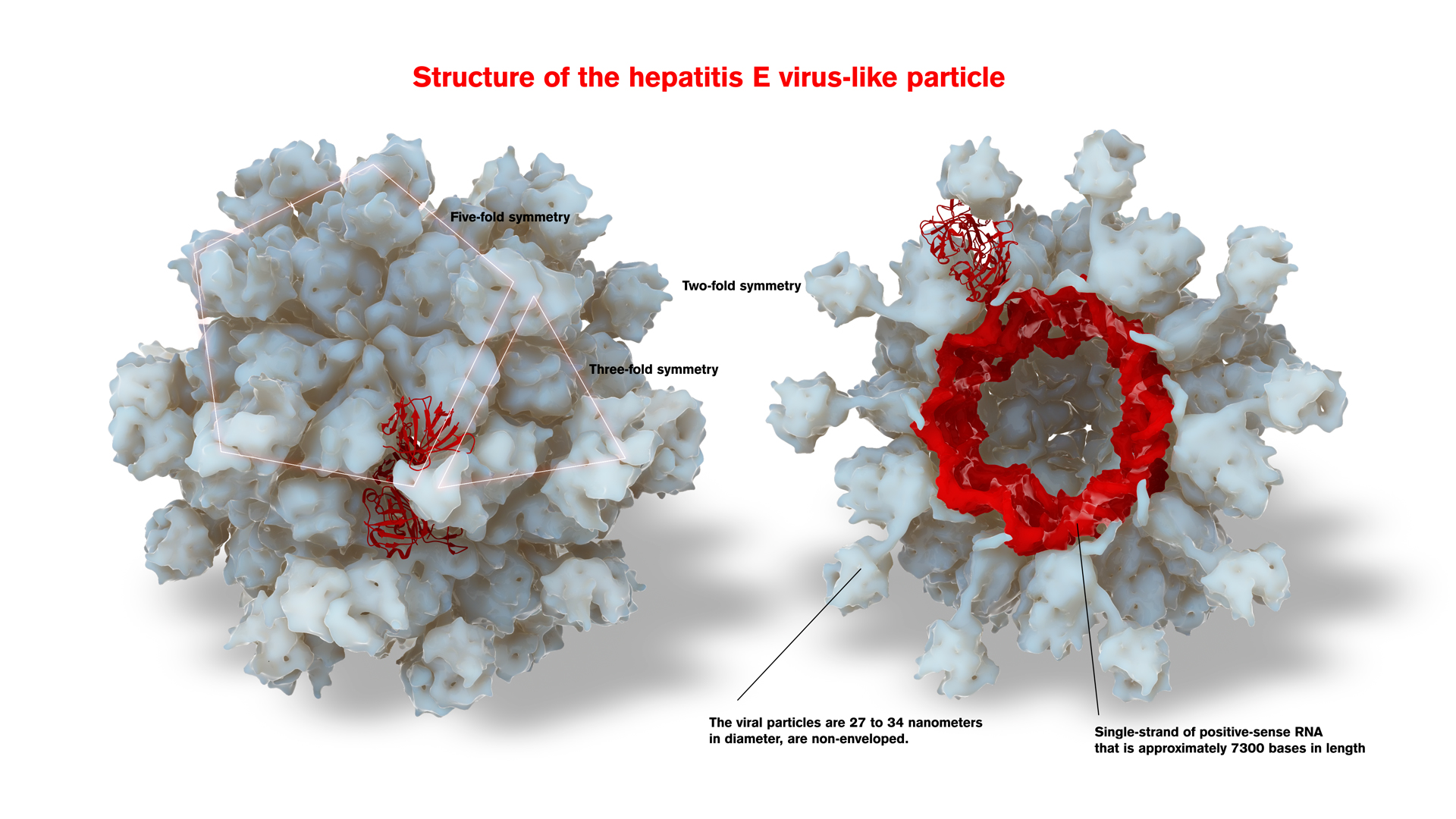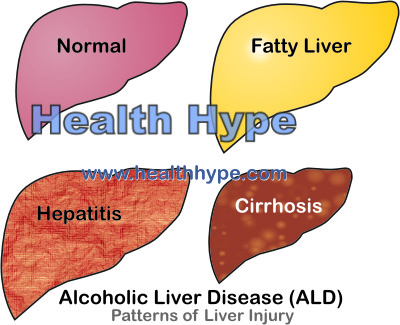hepatitis A, B & C.
hepatitis and cancer Cells.
Infected kids can spread out the virus to other children if a youngster has several scrapes or cuts. Liver disease C is a liver infection brought on by the liver disease C virus. Today, lots of people become contaminated with the hepatitis C virus by sharing needles or various other tools to infuse drugs.

Liver disease C is a transmittable liver condition that results from infection with the liver disease C infection. It can range in extent from a light disease lasting a few weeks to a significant, long-lasting ailment.

- Hepatitis C is typically spread out when blood from an individual infected with the liver disease C virus gets in the body of a person that is not contaminated.
- Hepatitis C is a contagious liver illness that results from infection with the hepatitis C virus.
- Hepatitis C can be either "acute" or "chronic." Severe liver disease C virus infection is a short-term illness that happens within the initial 6 months after a person is exposed to the liver disease C infection.
- It can vary in extent from a moderate ailment lasting a couple of weeks to a major, lifelong ailment.
hepatitis A 101.
There is no vaccination for hepatitis C, yet there works therapy available. The most effective means to prevent hepatitis C is by preventing habits that can spread the condition, especially infusing medicines and sharing needles.
It is estimated that 130-- 180 million people worldwide are affected by this disease standing for a bit greater than 3% of the globe populace. In the establishing regions of Africa, Asia and South America, prevalence can be as high as 10% of the population.
Engaging in risky sex-related actions that frequently comes with substance abuse raises the danger of having HBV and, less often, HCV. Individuals who inject medicines go to high danger for having HBV as well as HCV from shared needles and other drug preparation devices, which reveals them to bodily fluids from various other contaminated people. Since drug use commonly hinders reasoning, PWID continuously engage in these risky habits, which can increase their threat of having viral liver disease. This underscores that early discovery and also treatment of hepatitis infections in PWID and also other individuals that make use of drugs is paramount to safeguarding both the health of the individual which of the community. Hepatitis C infection is most generally acquired from infected blood, either through a transfusion or shared needles. It rarely is sent sexually or between a mom and an infant. A person can be contagious without having symptoms for three to 16 weeks.
Hepatitis C is normally spread out when blood from a person escala metavir contaminated with the liver disease C infection goes into the body of a person that is not infected. Lots of people end up being infected with the liver disease C infection by sharing needles or other equipment to infuse medicines. Hepatitis C can be either "acute" or "chronic." Severe liver disease C virus infection is a short-term health problem that takes place within the first 6 months after somebody is subjected to the hepatitis C virus. For the majority of people, severe infection leads to chronic infection. Chronic liver disease C is a major condition than can lead to long-term health issue, or even death. The very best means to avoid liver disease C is by preventing actions that can spread out the illness, especially shot drug use. Hepatitis B is likewise a viral infection that is brought on by the liver disease B infection.
